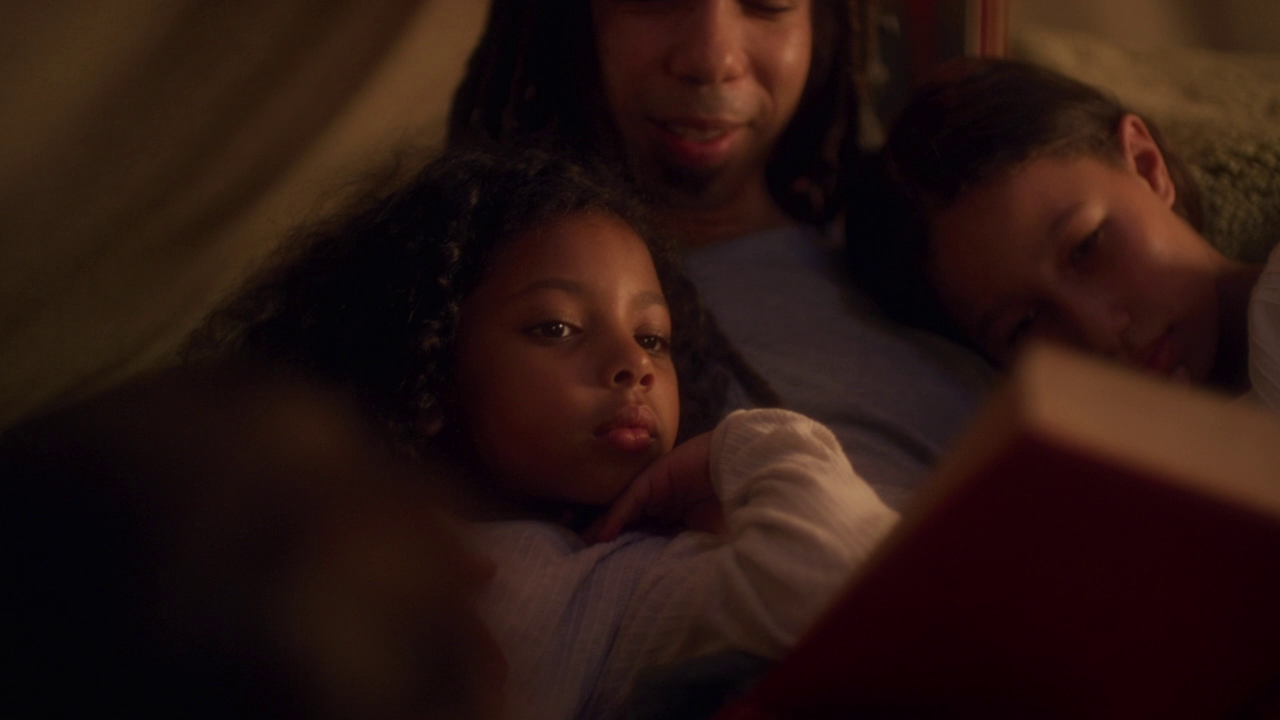CHICAGO — When it comes to foster care, statistically, Black and brown children are more likely to enter the system and stay longer than white children.
Despite federal intervention nearly three decades ago, it remains a challenge. But a two-year analysis by a nonprofit found that taking an anti-racist approach could create better outcomes for Black and Latino children.
Nekessa Johnson, 44, decided she wanted to become a foster mom 16 years ago.
“I decided I wanted to open my home up to other kids that may need a home, a stable home, a stable, loving home,” said Johnson. “I have two 16 year olds, a 14 year old, 12 year old, 10 and 8 year old.”
Today, with three Black and three Hispanic children, her house is home to a multi-ethnic modern family.
Davion Johnson, 16, is the only boy in the family. He came to live with Nekessa Johnson when he was just a baby. He’s since been adopted.
“Some days in the house, it might be a little loud and it might be quiet,” said Davion Johnson. “But I like being around them. I treat them like they my very own family, even though they come from different backgrounds.”
Abby Ortiz had been in multiple foster homes before this one.
“It's like I have friends in my house that I can talk to about my mom, and they'll understand what I'm saying,” said Ortiz. “I feel like if I never came here, I wouldn't have been able to prosper into who I am today.”
According to the latest government numbers from Childwelfare.gov, of the more than 430,000 children in foster care across the U.S., more than 54% are Black, Hispanic, or multi-racial.
“All the agencies who serve who are in this business know children of color, particularly African American children and their families, get reported for child abuse and neglect and much higher rates than other families,” said Beverly Jones, vice president & COO at Lutheran Child & Family Services in Illinois.
Jones says her agency decided to confront systemic racism in the system head-on by taking an anti-racist approach.
“We set a goal that over the course of a year we would increase the number of children of color who left foster care to a loving forever family, and we would decrease the time in care by 5%,” she said.
After analyzing its own statewide and agency data, LCFS uncovered implicit bias and institutional racism were influencing inequitable outcomes.
“Just having the data in front of you, and regularly having it in front of you, makes you think, like, how could this happen? Because I'm not biased,” said Jones.
They mandated anti-racism training for all staff, used real-time data analysis to monitor outcomes, and changed the way they engaged with families of color.
“Ask the people with whom you are interacting what is it they what would they like to see. What do they need as opposed to us predisposing that we know what's best for them?” she said.
Their proactive efforts surpassed their goals, decreasing the median time in foster care of children of color by 16% and increasing permanent residency by 47%.
“There's not a clear path and there's not a, you know, a recipe where you go, but you have to start somewhere,” said Jones.
For mothers like Nekessa Johnson, addressing the inequities of the system mean more kids like hers would have a chance to dream bigger.
“I hope they decide to go off to college or trade school or to do something for themselves,” said Johnson. “Believe in themselves and do whatever their heart desires.”




